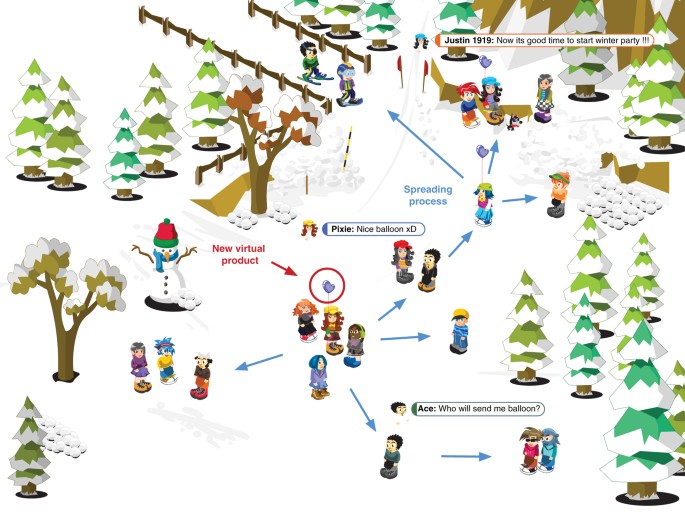
- Select a language for the TTS:
- UK English Female
- UK English Male
- US English Female
- US English Male
- Australian Female
- Australian Male
- Language selected: (auto detect) - EN
Play all audios:
The median monthly cost for a private room is $4,500, according to a 2021 survey from insurance company Genworth, which reports annually on long-term care costs. The average stay in assisted
living is 28 months, with about 60 percent of residents eventually moving into a nursing home. Medicare does not cover assisted living, but in some states Medicaid can provide financial
help for low-income residents. ASSISTED LIVING RESOURCES MEMORY CARE Memory care units are specialized residential facilities designed to serve the needs of aging adults with
Alzheimer's disease, dementia and other cognitive issues. Staff members are trained to help with daily living activities and to help residents manage dementia symptoms such as
combativeness, sundown syndrome and wandering. Memory care might be provided at stand-alone facilities or in dedicated wings, sometimes called special care units, at assisted living
facilities and nursing homes. They generally have a higher staff-to-resident ratio than assisted living and place a greater emphasis on security, using things such as alarmed doors, elevator
codes and tracking devices to prevent wandering. The average cost for memory care is $6,935 a month, according to 2021 NIC statistics. MEMORY CARE RESOURCES NURSING HOMES Nursing homes,
also called skilled nursing facilities, serve people with disabilities, illnesses or mental conditions that require full-time medical care and monitoring. More than 15,500 Medicare-and
Medicaid-certified nursing homes nationwide serve 1.4 million residents, according to the U.S. Department of Health and Human Services. Skilled nursing care includes help with all meals,
daily living activities such as bathing and dressing, round-the-clock supervision and a greater degree of medical attention than in assisted living. The median monthly cost for living in a
nursing home is $7,908 for a semiprivate room and $9,034 for a private room, Genworth reports. Medicaid is the primary payer for nursing home care, covering at least some costs for 62
percent of residents nationwide. While Medicare certifies nursing homes, it does not cover long-term residency. However, in some circumstances Medicare will pay for short-term stays at a
skilled-nursing facility for rehabilitative purposes — after a stroke or serious injury, for example. _Editor's note: This article, originally published Jan. 13, 2020, has been updated
with more recent data on long-term care options._ NURSING HOME RESOURCES LEARN MORE ABOUT LONG-TERM CARE These organizations and online tools can help you get more information on the
different types of long-term care as well as help you research assisted living, skilled nursing and other options in your area. COMMUNITY RESOURCE FINDER. A joint project of AARP and the
Alzheimer's Association that lets you search for home care, housing and other programs and services for older adults. ELDERCARE LOCATOR. You can use the U.S. Administration on
Aging's resource website to contact your local Area Agency on Aging and get consumer information on housing, long-term support and other services. LEADING AGE. An association
representing nonprofit nursing homes, assisted living facilities and other eldercare service providers, Leading Age has a searchable directory of its members and online consumer resources on
planning and paying for long-term care. WHERE YOU LIVE MATTERS. This consumer site from a trade group, the American Seniors Housing Association, has checklists, guides and a search tool for
residential communities other than nursing homes. LEARN MORE ABOUT CAREGIVING








